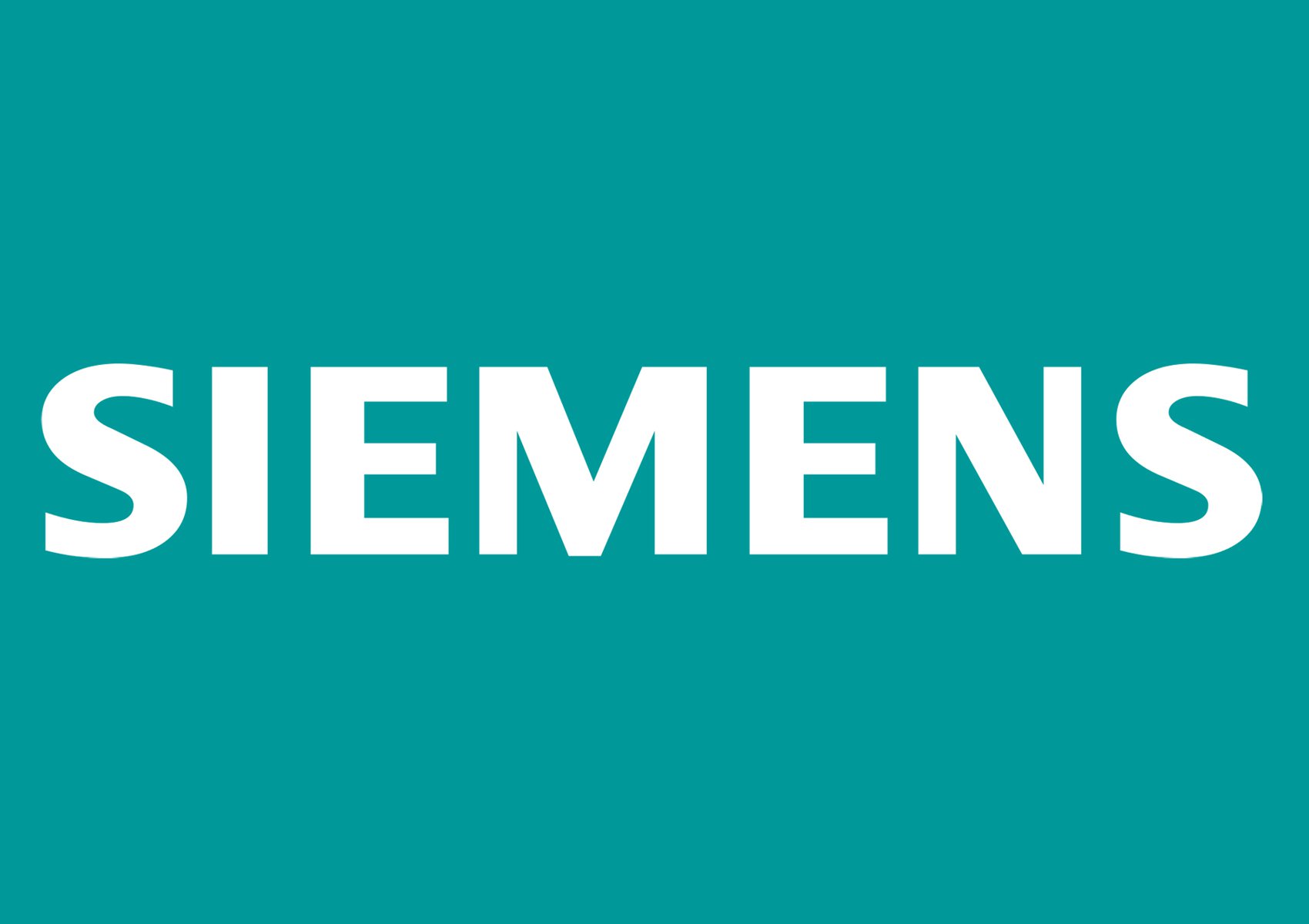Not a company, not a conglomerate, but an empire: Siemens
How was this empire, called Siemens, originally a "commercial" establishment, formed? Here is its story:

Founded in Munich on October 12, 1847 by Werner von Siemens and Johann Georg Halske, Siemens first carried out studies in the field of telegraphy. Developing needle technology as an alternative to the use of Morse code, the company built a large 500-kilometer telegraph network in Europe in 1848.
In 1850, Carl Wilhelm Siemens, son of Werner von Siemens, became head of the company's London branch. During the 1850s, the company established a telegraph network in Russia. In 1855, the company's St. Petersburg branch came into operation. By 1867, a huge telegraph network from London to Calcutta, India was put into service by Siemens.
Who is Werner von Siemens?
He is the founder of the Siemens company and the father of the electrical conductivity unit. He was born on December 13, 1816, in Lenthe, near Hannover, Germany, as the fourth child of a family of 14 children.
In 1881, electric street lamps were put into service for the first time in Godalming, England, thanks to a charging generator manufactured by Siemens. In the following period, Siemens' initiatives continued in many areas such as light bulbs and electric trains. Werner von Siemens, after whom the company was named, retired in 1890 and handed over the company to his sons.
By 1907, Siemens had 35,000 employees and was the 7th largest German company.
In 1919, Siemens founded Osram, whose bulbs we can still see on the market today. (Today Osram is a separate company from Siemens.)
During the 1920s and 30s, Siemens and Halske's companies produced many products such as radio, television, microscope. In the 1920s, he built a hydroelectric power station in Ireland, which is considered one of the most important engineering works of his time.
In 1932, companies such as Reiniger, Gebbert & Schall, Phönix AG joined the Siemens group. These companies merged in 1966 to form Siemens AG as we know it today.
During World War II, many cities and factories in Berlin were badly damaged as a result of air raids. For this reason, production facilities were shifted to alternative regions. According to the records, Siemens owned nearly 400 production plants of all sizes between 1944 and 1945.
In 1972, Siemens founded the German humorist F.C. He sued Delius. Because Delius accused Siemens of aiding the Nazis. It was alleged that Siemens supplied materials to the concentration camps. It was also stated that the working conditions in Siemens' factories were terrible. The archives reveal that some of this is an exaggeration and some of it is true.
In the 1950s, Siemens began manufacturing computers, washing machines, and semiconductor electronic devices.
The partnership, known as Siemens & Halske until 1966, merged and became Siemens AG.
In 1969, Siemens established a partnership with Kraftwerk Union and AEG started working together in the field of nuclear energy.
In 1988, Siemens and GEC companies bought the UK-based defense company Plessey. Siemens acquired the aviation, radar and traffic control units of this company.
In 1991, Nixdorf Computer AG was acquired by Siemens and Siemens also started initiatives to produce personal computers.
In 1997 Westinghouse Power Generation was acquired by Siemens. This development has made Siemens one of the top 3 companies in the world in the energy sector.
In 2000, Shared Medical Systems was acquired and joined the Siemens medical department. Thus, Siemens has become one of the world's largest companies in the field of medical devices.
In 2001, the Brazilian company Chemtech was incorporated into Siemens. Thus, Siemens strengthened its hand in the field of industrial engineering.
In 2006, many companies such as Bayer Diagnostics, Controlotron, Kadon Electro, Vistascape were acquired by Siemens.
In 2007, a Siemens board member was temporarily detained for illegal financial transactions and intra-union corruption. Siemens headquarters were searched by the police. As a result, Siemens did not suffer much from this incident.
In 2009, Siemens and Fujitsu's partnership in computer manufacturing ended because Fujitsu completely bought out Siemens' shares.
In 2010, Siemens sold its IT services department to Atos for 850 million euros.
In March 2011, Siemens wanted to take Osram public, but CEO Peter Löscher stated that Osram is important to the company in the long run, as Osram is currently an independent company.
In the same year, Siemens announced that it was quitting its nuclear power plant business. Until that time, most of Germany's nuclear power plant constructions were undertaken by Siemens. Siemens stated that they will support the German government's renewable energy policy.
In 2013, Nokia ended the Nokia-Siemens partnership by purchasing all its shares. Thus, Siemens left the telecommunication field.
In the same year, Saudi Aramco, a Saudi Arabian-based oil company known as the world's largest company, purchased $966 million worth of materials from Siemens.
Today, Siemens' investments in engineering, energy and health are carried out under one roof. Thanks to the Siemens AG, Siemens Energy and Siemens Healthineers consortium, the Siemens group is a global giant in every sector it enters…

